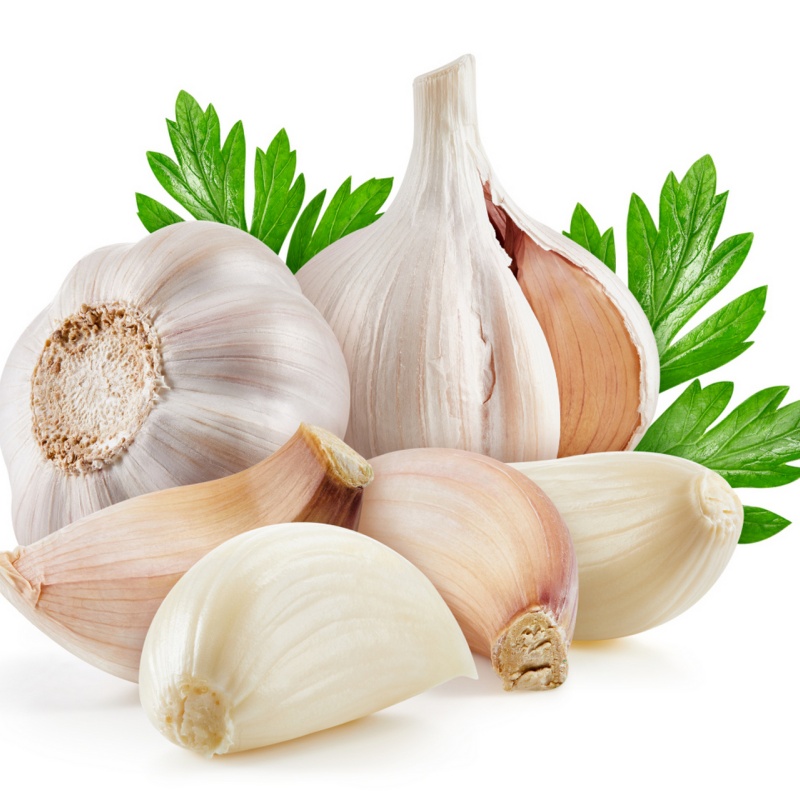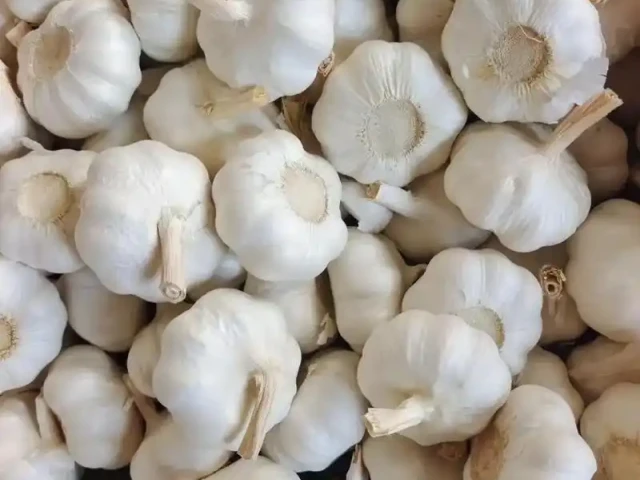When considering whether to buy garlic from China, here’s a balanced overview of key factors to help you decide:
1. Safety and Regulations
- Import Standards: Garlic imported into countries like the U.S., EU, or Canada must meet strict safety regulations for pesticides, contaminants, and additives. However, occasional reports have raised concerns about Chinese garlic being treated with chemicals (e.g., bleach or methyl bromide) to prevent spoilage or sprouting.
- Organic Options: Look for garlic certified organic by reputable agencies (e.g., USDA Organic, EU Organic), which restricts synthetic chemical use.
2. Quality and Taste
- Flavor Profile: Some consumers note Chinese garlic can be milder or less pungent compared to varieties grown elsewhere (e.g., Italian or Californian garlic).
- Freshness: Long shipping times may affect freshness, though proper storage mitigates this.
3. Ethical and Environmental Considerations
- Local vs. Imported: Buying local supports regional farmers and reduces carbon footprint from transportation.
- Labor Practices: Concerns about labor conditions in Chinese agriculture may influence ethical shoppers.
4. Cost
- Chinese garlic is often cheaper due to large-scale production and lower labor costs, making it a budget-friendly choice.
5. Transparency and Labeling
- Check labels for origin information (required in many regions). Avoid products with vague labeling like “packed in [country]” without clear sourcing.
6. Past Controversies
- Instances of excessive pesticide residues or chemical treatments have been reported, though stricter enforcement in recent years may have reduced risks.
Recommendations:
- If safety is a priority, opt for organic-certified garlic or buy from local farmers.
- For cost savings, Chinese garlic is a viable option, but stay informed about sourcing practices.
- Always wash garlic thoroughly, regardless of origin, to minimize residue exposure.
Conclusion: It’s generally safe to buy Chinese garlic if it meets your country’s import standards, but personal preferences (taste, ethics, environmental impact) may guide your choice. Stay vigilant by checking labels and certifications.




